PAZ EN LAS MESAS
CLOUDED LANDS
INSECT FLESH
OPENING 2015
PAST EXHIBITIONS
MAIDEN WOMAN
by Omar Castañeda in collaboration with Quintina Valero
by Omar Castañeda in collaboration with Quintina Valero
In different demonstration of nonviolent resistance, Ukranian protesters against the government occupied several public buildings around the square of Maidan, in their revolution of 2013, at the center of Kiev. They barricaded the streets that lead to it, and set up an encampment, providing free shelter and food for everyone. ‘Maiden Women’ by the duo of Colombian artists documents the role of women and food in a peaceful but political movement. Ukrainian women are pictured holding posters with the words "bread" and "barricade". “We don't just make sandwiches; We also make barricades”.
LIFE AFTER CHERNOBYL
by Quintina Valero
by Quintina Valero
Natalia, a school’s teacher, stands by the entrance of Maksimovichy village, where many houses were abandoned after the Chernobyl disaster. What was previously a prosperous area has become one of the poorest regions in Ukraine. 30 years after the disaster, life somehow continues in the Chernobyl Exclusion Zone. While authorities have tried to evacuate the most gravely affected populations, locals refuse to accept that the invisible radiation could be stronger than their long-held sense of belonging. Spanish photographer Quintina Valero presents a collection of photographs that portray life from the Narodichi Region, 50 km southwest of Chernobyl’s nuclear plant, one of the worst hit areas by the radiation and only detected five years after the explosion. These photographs are a testimony to the communities living with the poisonous legacy of Chernobyl. The radiation is, and continues to be, their invisible enemy.
gallery ︎︎︎
gallery ︎︎︎
NCO
by Quintina Valero
by Quintina Valero
CHERNOBYL FOOD DESTRUCTION
by Quintina Valero and Omar Castañeda
by Quintina Valero and Omar Castañeda
Food of War joined the victims of Chernobyl in a visit to the nuclear plant and the town next to, in the 29th anniversary of the accident. There are not only portraits of the victims in the region where everything started but also an exploration of the reigning decadence of the town. The aim of this section is to make interventions in some of the photographs via drawings in order to recreate some of the most peculiar scenes of that time, such us the slaughtering of contaminated pets and livestock using images of Russian Propaganda.
OTTOFILE CORN
by Quintina Valero
by Quintina Valero
The Ottofile maze, a product from The Piedmont, almost extinguished as a consequence of the WWII, is an example of an important cultural cooperation that had obvious consequences on the food system. In the early 80s, the ingredient was saved from extinction thanks to the desire of local farmers, in a collaboration between Italian and African refugees agricultors. In this series of photographs, award-winning documentary from Spain Quintina Valero uses the camera to show the resulting symbioses between the migrants and the locals. She portraits a beautiful cycle that has been influenced by violent conflicts outside of its own time and space.
